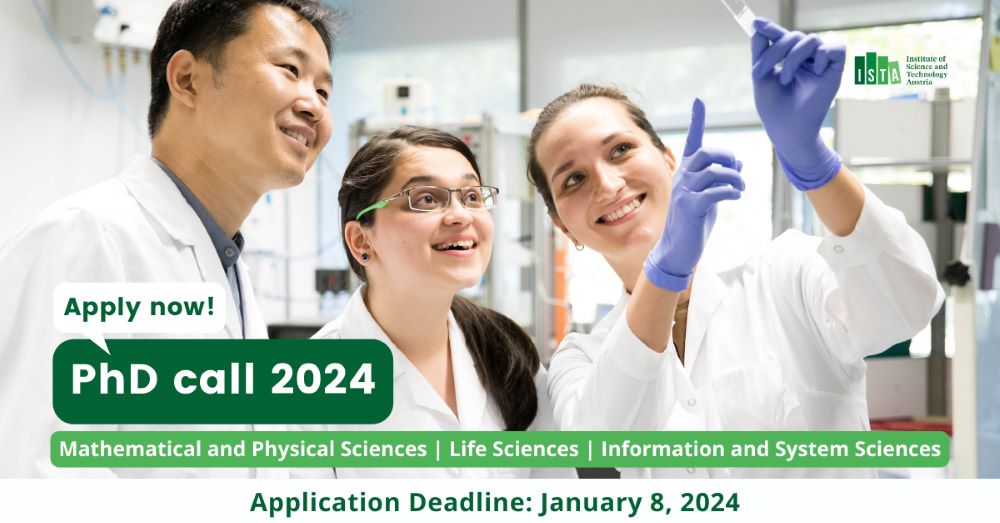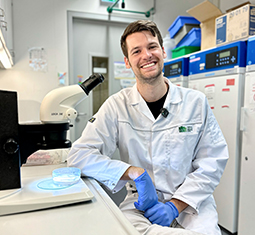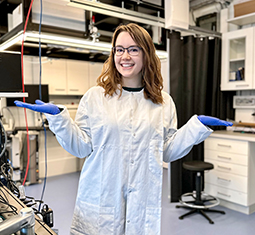December 7, 2023
Spark a (Research) Flame 2
The rotation principle in the first year of the ISTA PhD
The Graduate School at the Institute of Science and Technology Austria (ISTA) offers an initial stage of rotations and cross-disciplinary coursework that encourages PhD candidates to discover different research fields. A pioneering concept, not only in Austria. PhD students Sofia Backlund and Christine Fiedler tell us what to expect in the first year on campus and about the potential of thermoelectric materials to shape a more sustainable future.
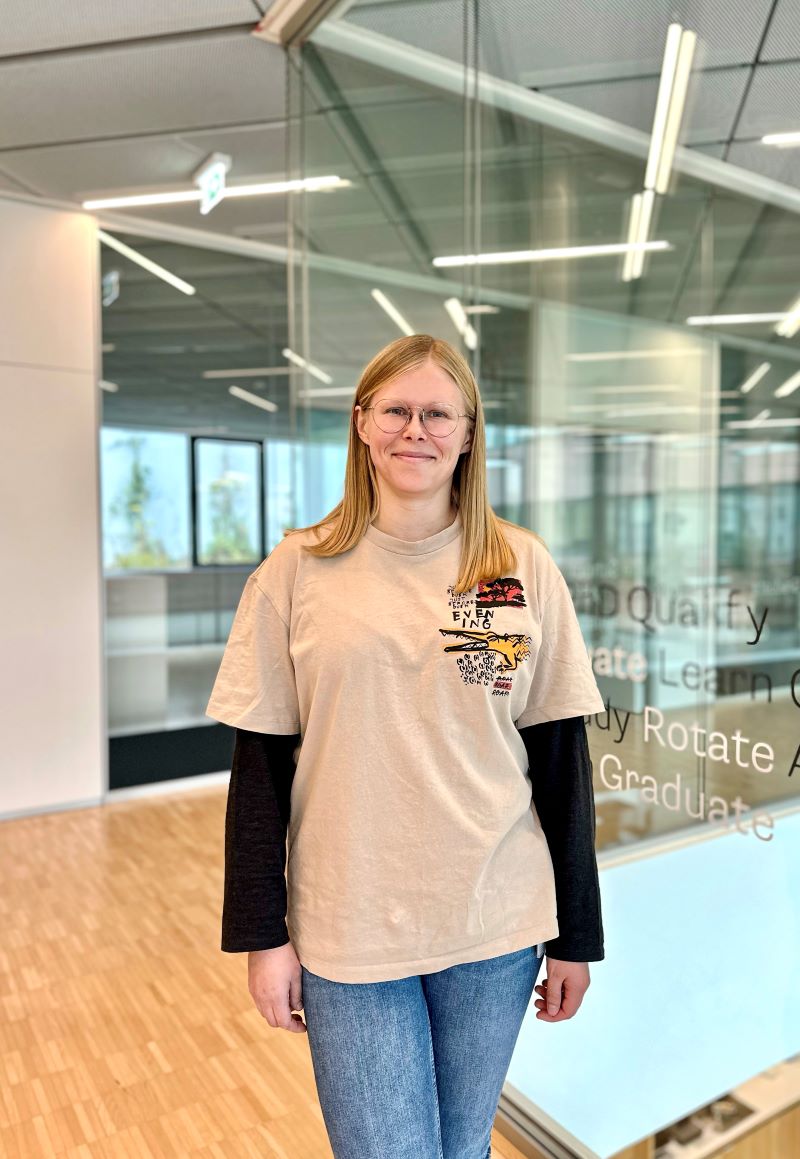
Christine and Sofia, what was your personal path to ISTA and why did you join?
Christine Fiedler: I was born and raised in Barbados, but I am also Austrian. After my Bachelor’s in chemistry and biochemistry in Barbados, I finished my Master’s in Austria. Given my personal attachment to Austria, my former supervisor recommended that I should apply for the PhD program at ISTA, as she had heard about the work of my current supervisor, Maria Ibáñez, and thought that it would be a great opportunity for me.
Sofia Backlund: From a very young age, I knew that I wanted to do science. The first time I learned about genetics, it clicked. I fell in love. To begin, I wanted to work in a lab, so I did a Bachelor’s in molecular biosciences. However, I really missed the more quantitative and mathematical approaches, so I continued to do a Master’s in biomathematics. After my Master’s, I decided to pursue a PhD in population genetics, and my Master’s thesis supervisor recommended Nick Barton’s group, so I applied to ISTA.
Sofia, as you are currently a study track representative. Can you share insights into what newly accepted students should expect upon entering the PhD program at ISTA?
SB: Of course. Your time at ISTA starts with an orientation period. After that, you dive into your first rotation, as well as specific courses. In your first year at ISTA, you need to complete at least three short (9-week) research stays in different groups at the Institute. The rotations are like a try-out period before committing to a group and a project. It’s an excellent way to check whether you resonate with the working style of the professor and the group. I found it invaluable to have this opportunity because I didn’t feel ready to jump straight into my research project.
Any advice on these rotations?
SB: It’s beneficial to contact all groups that you are interested in early on in autumn or already before starting at ISTA, as the rotation slots fill up quickly.
You mentioned courses; what are they about?
SB: There is a core project course where you discuss science and scientific articles with other students from different fields. The course of your chosen track will teach you the minimum skills needed to work in your field. Additionally, you can choose from other seminars in any of the fields. Although they serve as a fantastic way to make new friends and deepen your knowledge, remember to prioritize. Your focus should definitely be on the rotations and your research.
After your rotations, what would be the next steps?
SB: At the end of the first year, you’ll affiliate with a group (or two through co-affiliation). This is when you start to really shape your research project and work as a full-time member of the group. About half a year to a year later, depending on your academic background, comes the “qualifying exam”, in which you will defend your project idea in front of a committee.
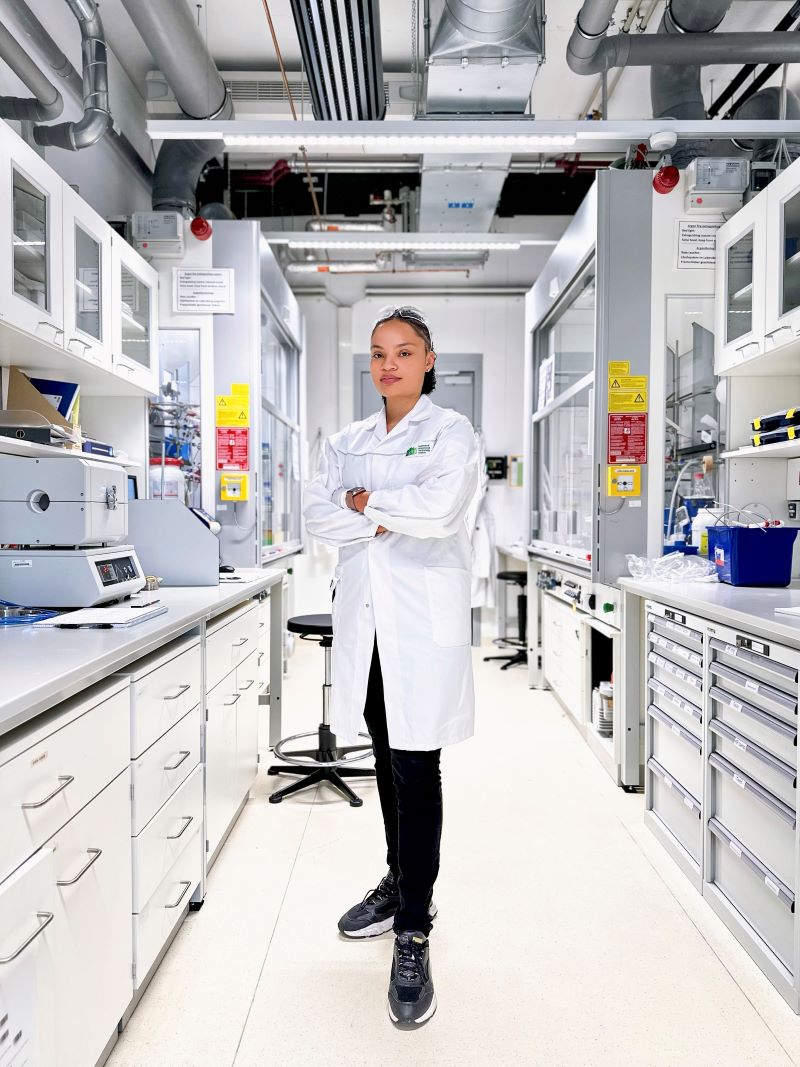
Christine, Maria Ibáñez’ group studies nanomaterials; what’s your research about?
CF: I’m working on thermoelectric materials that can convert heat into electricity and vice versa. It’s a technology that promises to unlock new frontiers in energy generation, transportation, and even in the fashion industry. It holds opportunities to create a world where heat is no longer a waste product but a valuable resource, leading to a more sustainable future.
How can one imagine that in detail?
CF: I focus on producing thermoelectric materials via the so-called “solution methods”. However, tuning thermoelectric properties is like walking a tightrope—you have to balance the conductivity and thermal resistance to maximize energy efficiency. This allows finding the sweet spot where materials perform their energy-conversion dance with precision. It is a fine skill to optimize for peak performance without losing stability.
Thanks for the little detour into chemistry. Lastly, what do you love most about studying at ISTA?
CF: Personally, I really appreciate the vast amount of assistance and resources that are at your disposal. There are several things I enjoy, for instance, the mentorship of my PI and postdocs, the opportunity to travel to other countries for conferences, the availability of equipment, and, of course, the possibility to collaborate with numerous colleagues on campus.
SB: I love the community! I have made so many great friends, both in my group and in very different fields. ISTA provides a great surrounding for both scientific and more casual social interactions with lots of different people.
